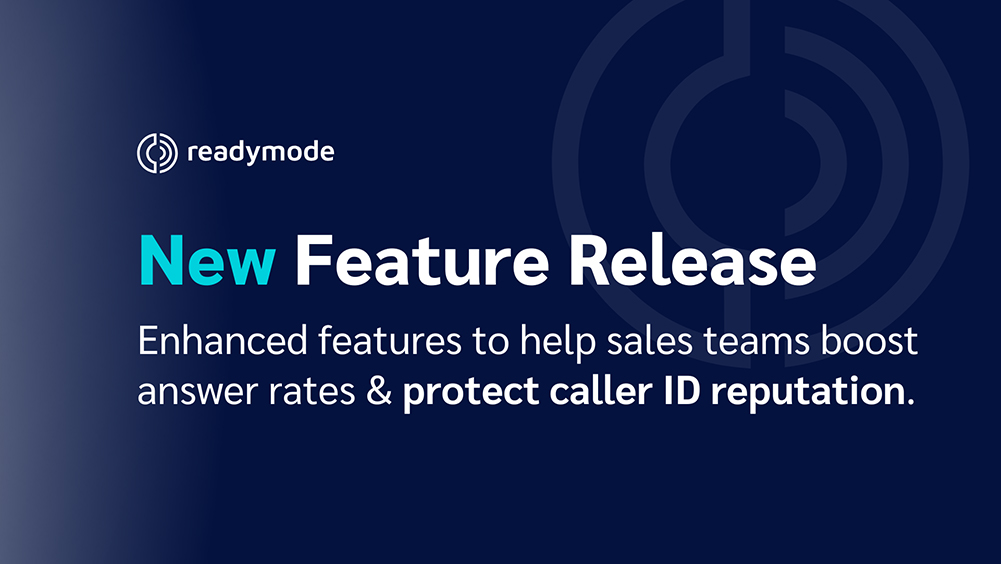Customers don’t want to feel like just another number.
But only 13 percent of respondents in a Gartner survey of more than 6,000 customers said they had received any type of proactive customer care. Yet, the survey also found that proactive customer experiences can bump up a company’s customer satisfaction score (and net promotor score) by a full percentage point.
Reactive service, which puts the burden on the customer to resolve issues, is still much more commonplace. And all too often, that results in a negative experience.
A negative experience is much more than an unpleasant interaction with an agent. It could be related to inaccessibility—when they can’t find a phone number or any other contact method to reach out for support. Or it could be related to navigating a complex phone system, waiting on hold for hours or having to constantly repeat the same information to different agents.
These types of experiences make a customer feel like a number.
What is a proactive customer experience?
Providing more proactive customer experiences means finding ways to reach out and engage with customers—not just in response to a problem they’re having. It’s about anticipating a customer’s needs, preferences or pain points, and then proactively addressing them.
Some ways to actively engage with customers include offering personalized communications, reaching out for feedback and proactively addressing any issues (before the customer has to reach out).
For example, if you’re anticipating a service disruption, a proactive approach would be trying to fix that problem in advance and, if that’s not possible, reaching out to customers ahead of time to let them know about the service disruption.
Why is proactive customer engagement so important?
It’s simple: negative customer experiences hurt your bottom line.
“These negative effects extend well beyond cost and the service experience, impacting the organization’s revenue and its ability to mitigate disloyalty, maximize wallet share and gauge overall profitability,” according to the Gartner survey.
To put a number on it, negative customer experiences cost organizations $3.7 trillion in sales annually, according to research by Qualtrics, an experience management company. Its global research also found that consumers are reacting more severely to poor experiences than in previous years.
Providing proactive customer care can help to increase customer satisfaction, but it can also help to build trust and loyalty over the long term, boosting customer lifetime value. There are other benefits, too: By engaging with customers more regularly, you may be able to uncover potential issues before they become much larger issues.
How can the right dialer software help?
Proactive customer engagement technology, such as predictive dialer software, can be part of the solution. It’s a tool that can help you proactively reach out and connect with your customers and prospects.
When you can put personalized customer data at your agents’ fingertips by integrating your customer relationship management (CRM) data with your outbound dialer, it can open up new opportunities for more proactive engagement.
Lead management in predictive dialer software can help you optimize lead engagement to close deals faster. You can organize your outreach and streamline your agents’ workflow with custom queues and dispositions to maximize their productivity and efficiency.
For example, Readymode’s predictive dialer can differentiate between low- and high-value interactions, routing a caller to the most appropriate agent. With access to customer data during a live call, agents can provide more personalized service—even anticipating a customer’s needs. This can potentially lead to higher conversion rates, as well as more cross-sell and upsell opportunities.
Outbound dialers can also be used to review interactions and improve training and quality control. Readymode’s built-in reporting tools, for example, offer visibility into sales performance, which can help identify areas for improvement.
Customer service can be a competitive advantage. So increasing ways for agents—and your company—to be more proactive can give you an edge in a competitive market.
Vawn Himmelsbach
Vawn Himmelsbach is a writer and editor specializing in enterprise IT, writing for national newspapers and technology trade magazines on everything from AI to zero-day threats. She also spent three years working abroad as an Asian correspondent, covering all things tech.








